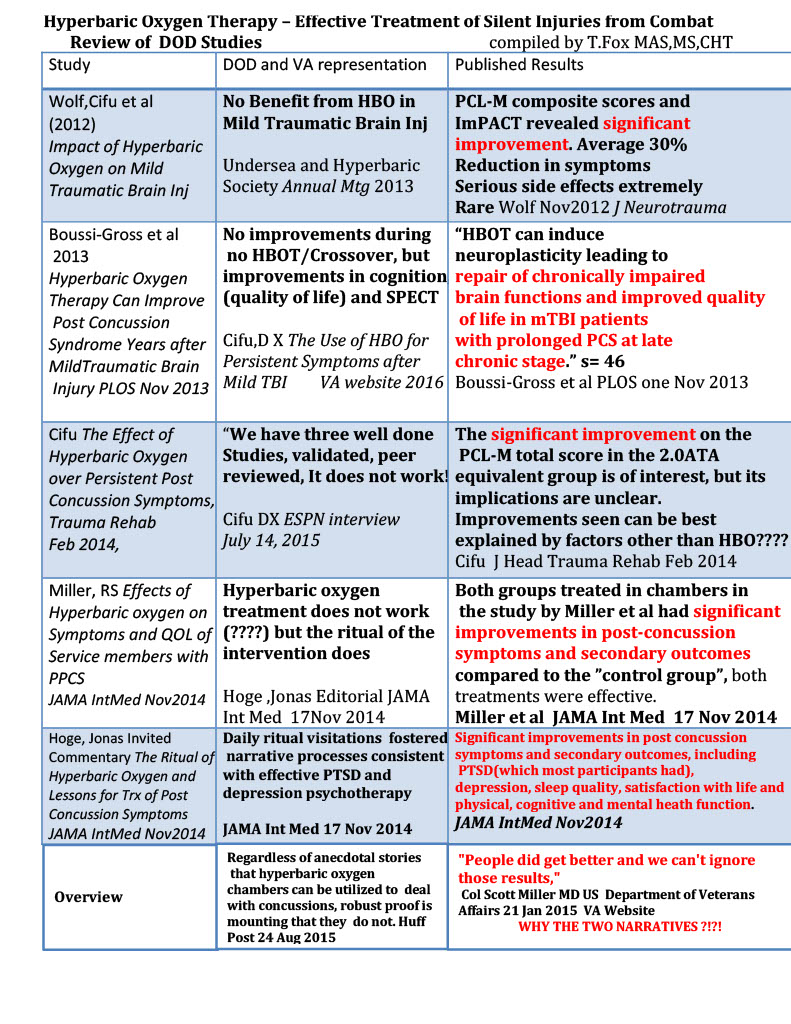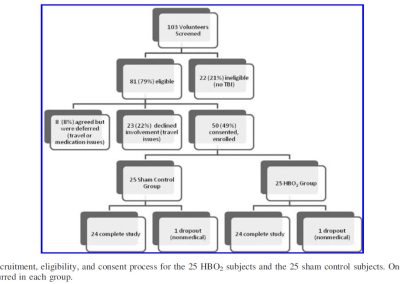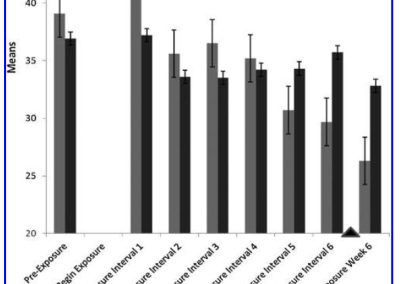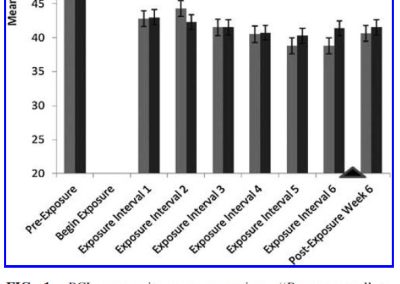As Tom Fox continues his discussion outlining the research on Hyperbaric Oxygen Therapy for brain trauma, he dives into these 5 Department of Defense (DoD) studies. All of these studies were positive studies that were spotlighted in a non-beneficial way, despite the overwhelming evidence that people improved.

In this Research Rundown he discusses the first study, The Effect of Hyperbaric Oxygen on Symptoms after Mild Traumatic Brain Injury.
Highlights:
- This study was produced and published over ten years ago by Dr. George Wolf, joined by Dr. David Cifu
- The study was done in San Antonio, where they do most of the medical training for the U.S. military in the US Army
- This study was published in the Journal of Neurotrauma in November of 2012, it reported a 30% reduction in symptoms and serious side effects for those that were experiencing this type of combat injury to that date.
- No other form of treatment had been that effective to treat blast injuries to a soldier.
- There are two narratives that came out of this…
- Despite the results, the Undersea and Hyperbaric Medical community actually said there was no benefit of HBOT in mild traumatic brain injury.
- A common theme of everything for which hyperbarics is effective is hypoxia and inflammation. If we look at the studies, hypoxia and inflammation are there in neurotrauma.
Read: The Effect of Hyperbaric Oxygen on Symptoms after Mild Traumatic Brain Injury



